|
|
|
About This Site |
|
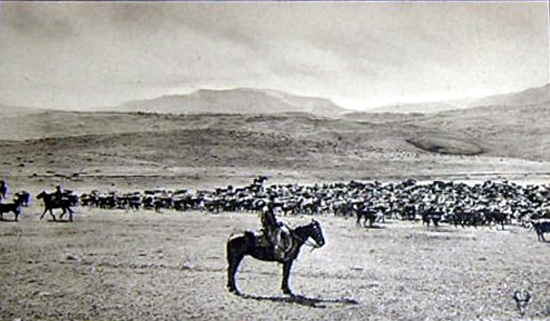 Cattle and Cowboy.
 Cattle and Cowboy. Most of Belden's photography emphasises cattle. In actual fact the Pitchfork, as did many othe Wyoming ranches in the early part of the 20th Century, had an ever-growning dependence upon sheep. Sheep do not, however, project the romantic view of the West that Belden sought to portray. Nevertheless, Belden did picture some of the sheep on the Pitchfork
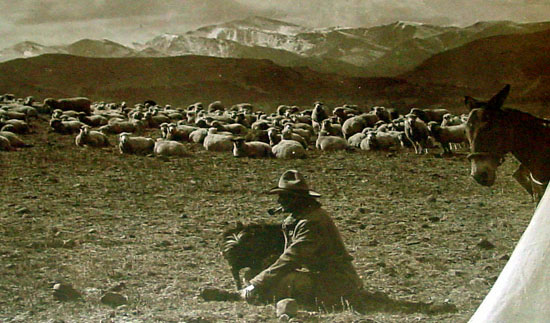 Sheep on the Pitchfork By 1909, the Pitchfork had some 60,000 sheep. As the saying goes: "Cattle for respectability; sheep for profitability."
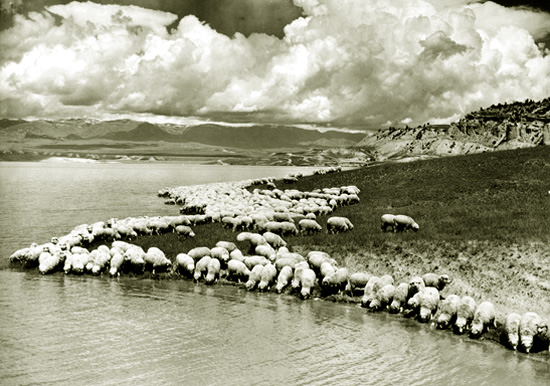 Sheep on the Pitchfork
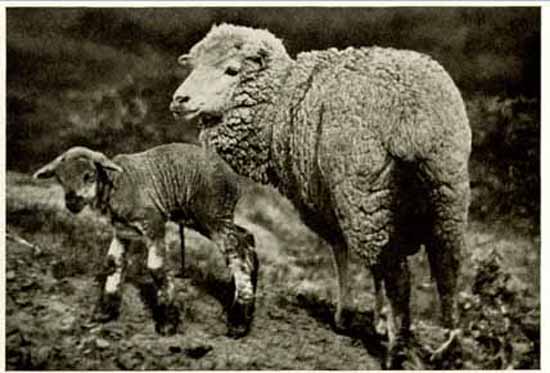 "New to the Range", 1928.
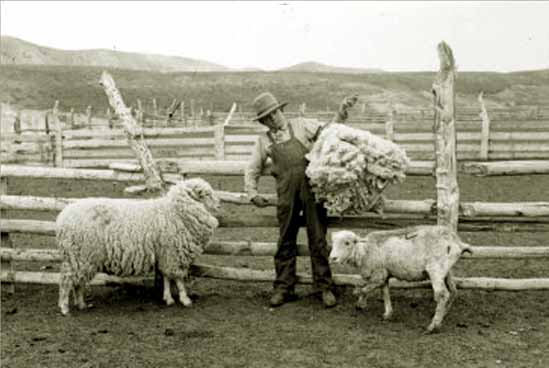 Photo taken to illustrate the quantiry of wool from one sheep, 1928.
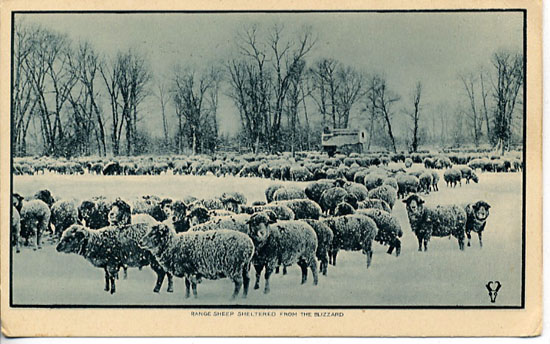 "Range Sheep Sheltered From the Blizzard"
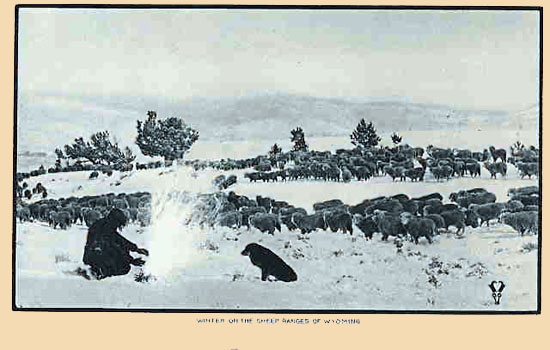 "Winter on the Sheep Ranges of Wyoming" The ranch did not return exclusively to cattle until 1964.
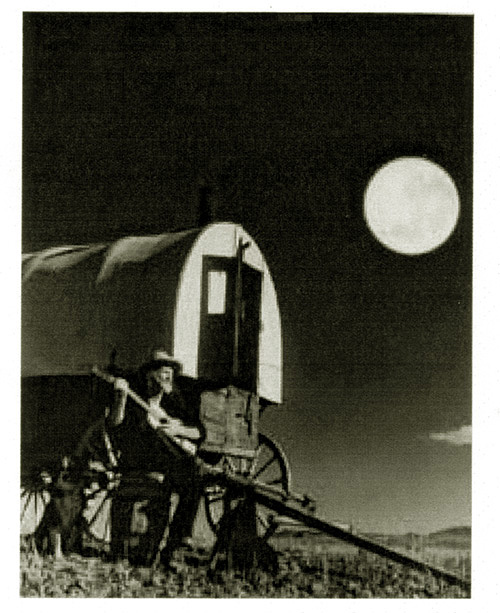 Jack "Two Dog" Scott" outside his sheep wagon.
And just as various photos were posed, some were elaborated upon. The above photo is a composite in which the moon
has been inserted. Belden experimented with the location of the moon. Other versions have either
no moon or the moon located elsewhere. Two Dog also appeared in the another photo on the next page in the guise of a
mailman delivering the mail to the purported Pitchfork post office.
Next Page, Belden Photos continued.
|

